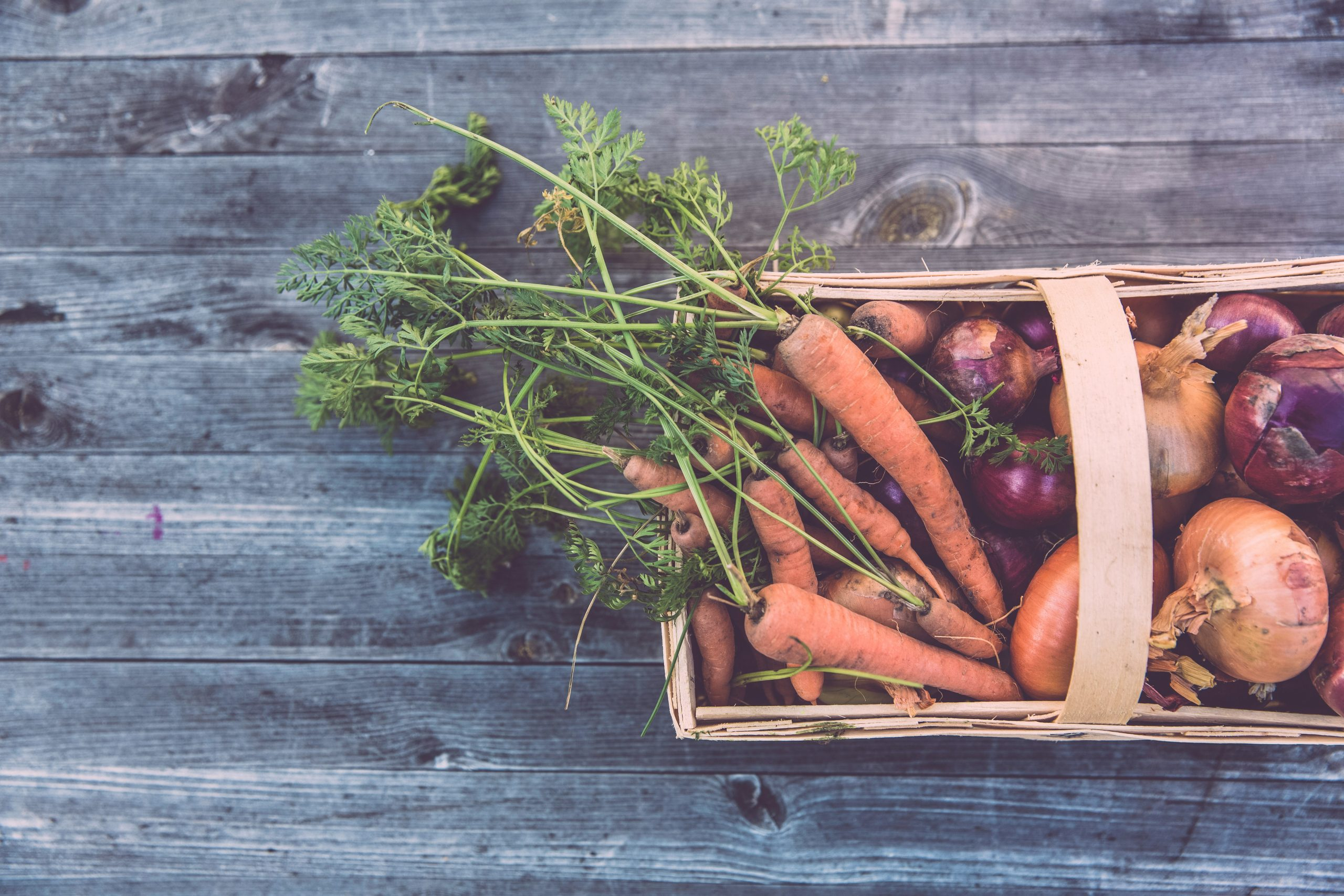Food Preservation Techniques and How to Master Them
Welcome to the wonderful world of food preservation! Whether you are a seasoned chef or just getting started in the kitchen, knowing how to properly preserve food is an essential skill for any home cook. Not only can it help you eliminate food waste and save money, but it also allows you to enjoy your favorite fruits, vegetables, and meats all year round. In this article, we will explore the different food preservation techniques and how you can master them to extend the shelf life of your favorite foods.
The Importance of Food Preservation
In today’s fast-paced world, it is easy to forget that just a few centuries ago, refrigeration and preservatives were not readily available. Preserving food was a necessity to ensure that families had enough food to last through the winter months. Nowadays, we are fortunate to have access to a variety of methods to preserve food, but the importance of food preservation remains the same.
Food preservation not only helps to prevent food waste but also allows us to enjoy fresh, local produce year-round. It also plays a crucial role in food safety, reducing the risk of food-borne illnesses caused by bacteria and other harmful organisms.
Canning
Water Bath Canning
Water bath canning is a simple and accessible method to preserve fruits and vegetables. It involves placing jars of food in a large pot of boiling water for a specific amount of time to kill bacteria and create a seal. This method is suitable for high-acidity foods like pickles, jams, and fruits.
To begin, you will need jars, lids, and bands specifically designed for canning, a pot with a rack, and a jar lifter. Start by sterilizing the jars and lids in hot water, then fill them with your prepared food. Make sure to leave enough headspace to allow for expansion during the canning process. Seal the jars, and carefully place them in the boiling water for the required amount of time. Once done, remove the jars using the jar lifter and let them cool completely before storing them in a cool, dark place.
Pressure Canning
Pressure canning is a method used for low-acidity foods, like meat, seafood, and vegetables. The canning process with high heat under pressure kills bacteria, ensuring the safety of your food. The equipment needed for pressure canning is similar to water bath canning but also includes a pressure canner and gauge.
Start by preparing your food and filling the jars, leaving enough headspace. Seal the jars and place them in the pressure canner according to the manufacturer’s instructions. Once the canner reaches the appropriate pressure, start the timer and let it process for the required amount of time. When done, turn off the heat and let the canner depressurize before removing the jars. Let the jars cool before storing them.
Freezing
Freezing is another popular food preservation technique that is suitable for a variety of foods, including fruits, vegetables, meats, and even cooked meals. Freezing works by slowing down the growth of bacteria and microorganisms, preserving the quality and texture of the food for an extended period.
Before freezing fruits and vegetables, it is essential to blanch them by quickly boiling or steaming to kill bacteria and stop enzyme activity. This process also helps to preserve the color, texture, and flavor of the food. Once blanched, let the food cool before placing it in freezer-safe containers or bags. Be sure to label and date the containers, and avoid overpacking them to allow for proper air circulation.
For meats and cooked meals, let them cool before transferring them to freezer-safe containers. It is essential to leave enough headspace to allow for expansion and to avoid any potential freezer burns. Frozen foods can last up to a year, but for the best quality, consume them within six months.
Drying/Dehydrating
Drying or dehydrating is an ancient food preservation method that involves removing the moisture from food. Removing the moisture prevents bacteria growth and slows the degradation process, extending the shelf life of various foods. This method is suitable for fruits, vegetables, herbs, and even some meats.
To dehydrate food, you can use an oven, dehydrator, or the sun. Start by slicing the food into thin, uniform slices and arrange them on a baking sheet or dehydrator tray. If using an oven, set it to the lowest temperature and leave the door slightly open to allow for air circulation. If using the sun, place the food on a tray and cover it with a cheesecloth to keep away any insects. Depending on the food, it may take hours or even days to fully dry. Once done, store the dried food in an airtight container and consume within a year.
Conclusion
In conclusion, food preservation is a valuable skill that allows you to enjoy fresh, delicious food all year round while also reducing food waste and promoting food safety. Whether you choose canning, freezing, or dehydrating, be sure to follow proper techniques and storage guidelines to ensure the best quality and safety of your preserved food. With practice, you will become a master in food preservation and enjoy the many benefits it has to offer.









